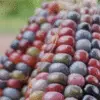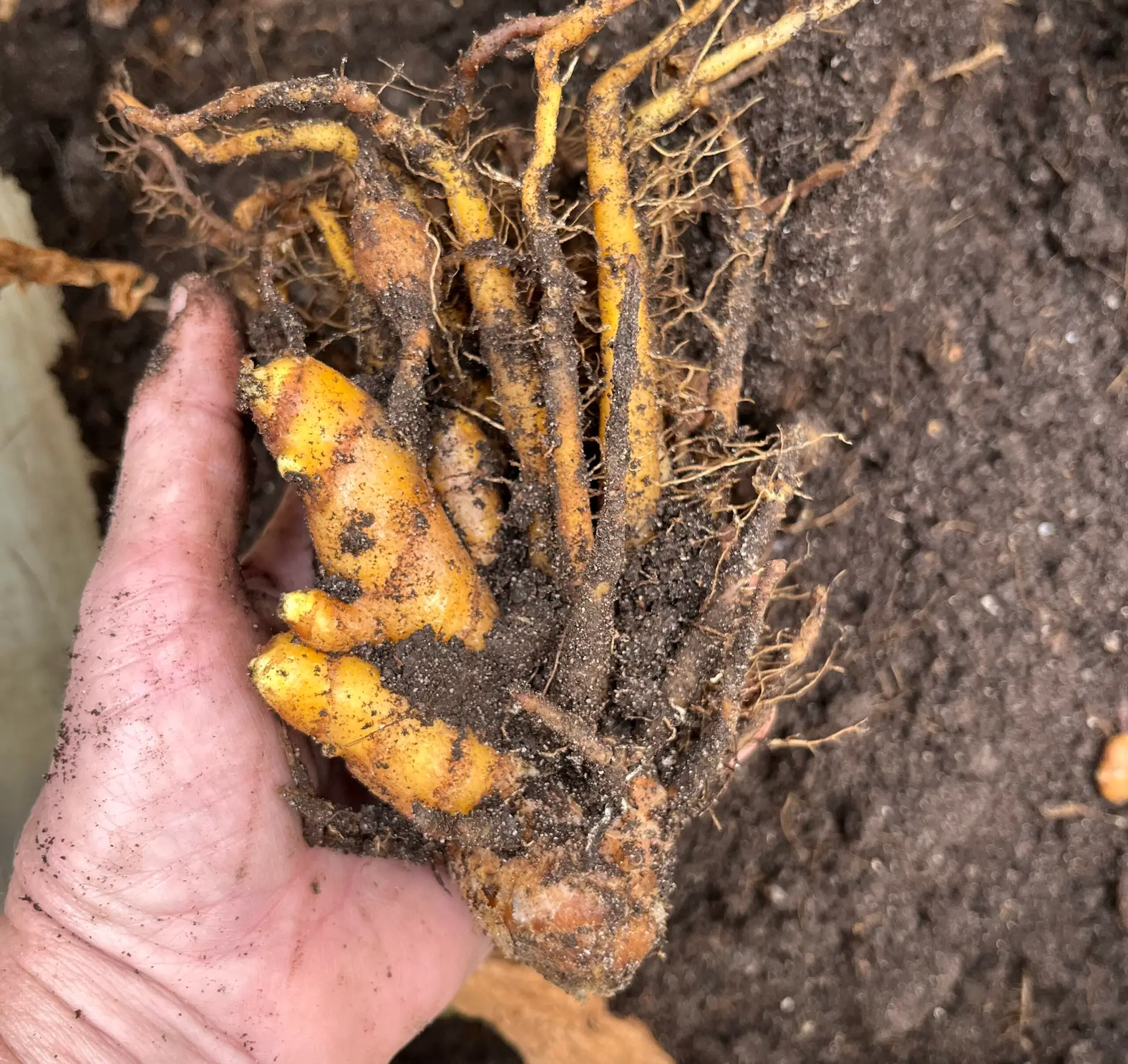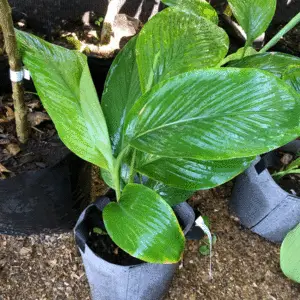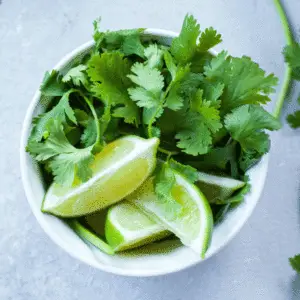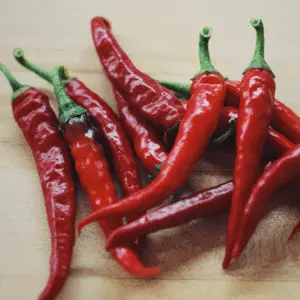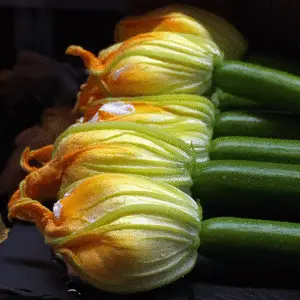Turmeric rhizomes
R100.00 incl VAT
Every garden should have a supply of turmeric growing each year. Not only is tumeric a superfood, with many health benefits and culinary uses, but it is also a stunning addition to the garden as it produces beautiful flowers (which are edible too). Plant these tubers from the beginning of September to mid-October, before daytime temps get too warm. Harvest in autumn.
Out of stock
Description
Every garden should have a supply of turmeric growing each year. Not only is turmeric a superfood, with many health benefits and culinary uses, but it is also a stunning addition to the garden as it produces beautiful flowers which are also edible.
Tubers can be planted from the beginning of September to mid-October, before daytime temps get too warm. Harvest in autumn.
When and how to plant tubers
- Spring – Beginning Sep to mid Oct
- 5 to 10cm deep, growth tips upwards
- Well-drained, loamy or alluvial fertile soil
- Semi-shade, frost sensitive.
Caring for turmeric
Turmeric grows well with most plants. Growing turmeric under fruit trees is fantastic as it likes dappled shade, also grows well with limes, chillies, lemongrass, and coriander. Water moderately and ensure there is adequate drainage of the bed/container. Add a calcium-rich fertiliser towards the end of summer to help the formation of fingers underground.
Diseases include rhizome rot, leaf blotch and leaf spot. In hot dry areas, spider mites may become a problem.
Harvesting
8 to 10 months after planting.
This will take place towards the end of autumn once the plant has flowered. It is a beautiful flower and the petals are edible as well – the perfect addition to salads. Unearth the plant and snap the fingers off in an upwardly direction from the roots. Use these for all cooking, medicinal and ayurvedic requirements as you will get another mother rhizome which can be replanted the next year.
Culture and use
Turmeric is a plant that has a very long history of medicinal use, dating back nearly 4,000 years. In Southeast Asia, turmeric is used not only as a principal spice but also as a component in religious ceremonies. Because of its brilliant yellow color, turmeric is also known as “Indian saffron.” Modern medicine has begun to recognize its importance, as indicated by the over 3000 publications dealing with turmeric that came out within the last 25 years. (Source: Herbal Medicine: Biomolecular and Clinical Aspects by Sahdeo Prasad and Bharat B. Aggarwal)
We send plants by courier nationwide as long as you appreciate that there is risk of damage or failure in transit. Some plants are sent already potted, while others are supplied bare root, but carefully wrapped. As with all plants that travel in less than ideal conditions (they’d rather be growing quietly in a garden, after all), please tend to your new plants as soon as you are able. Refresh them, plant them and enjoy them.
Additional information
| Weight | .450 kg |
|---|---|
| Dimensions | 20 × 15 × 15 cm |

